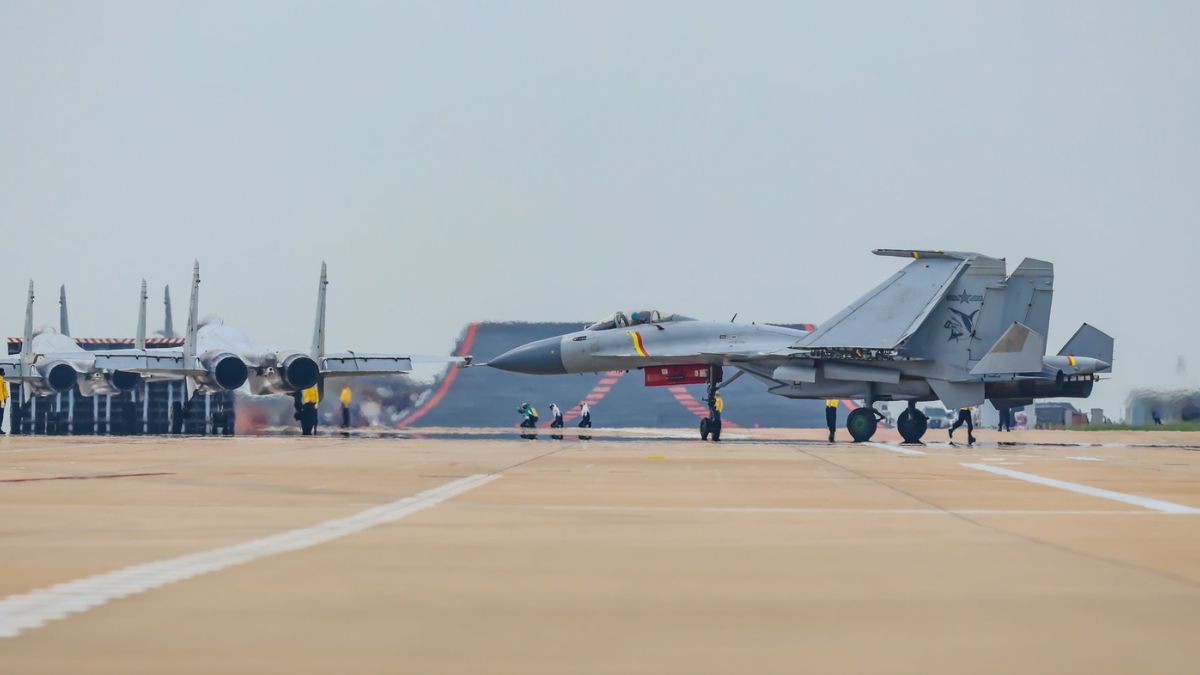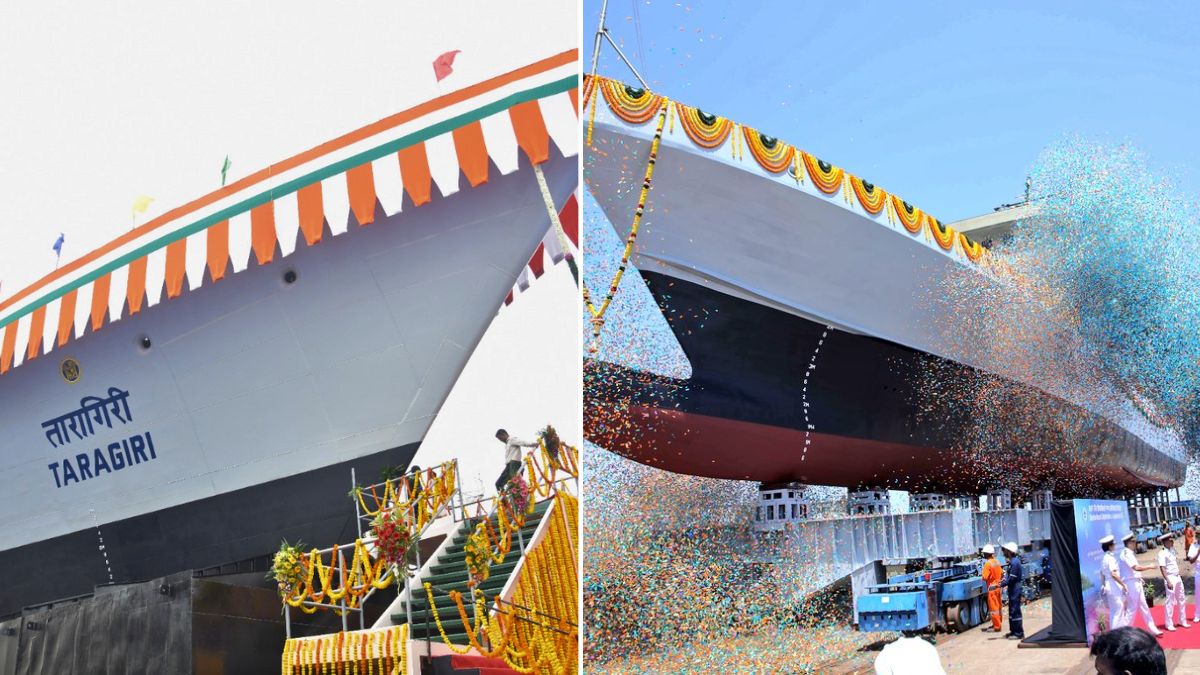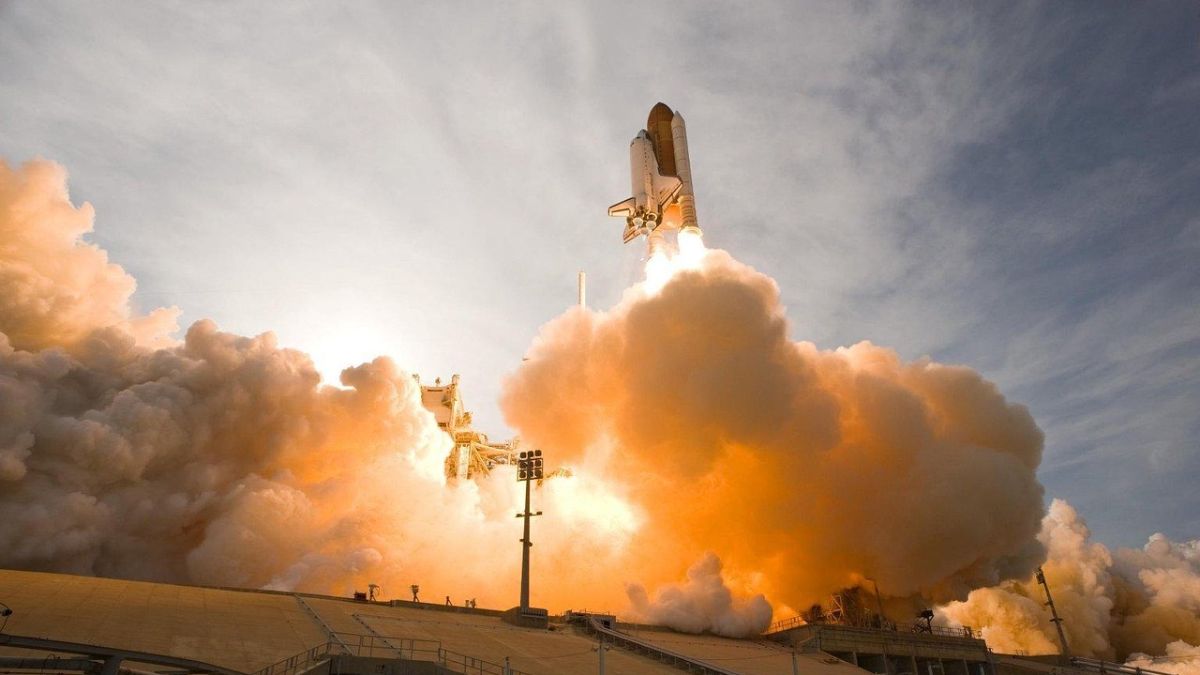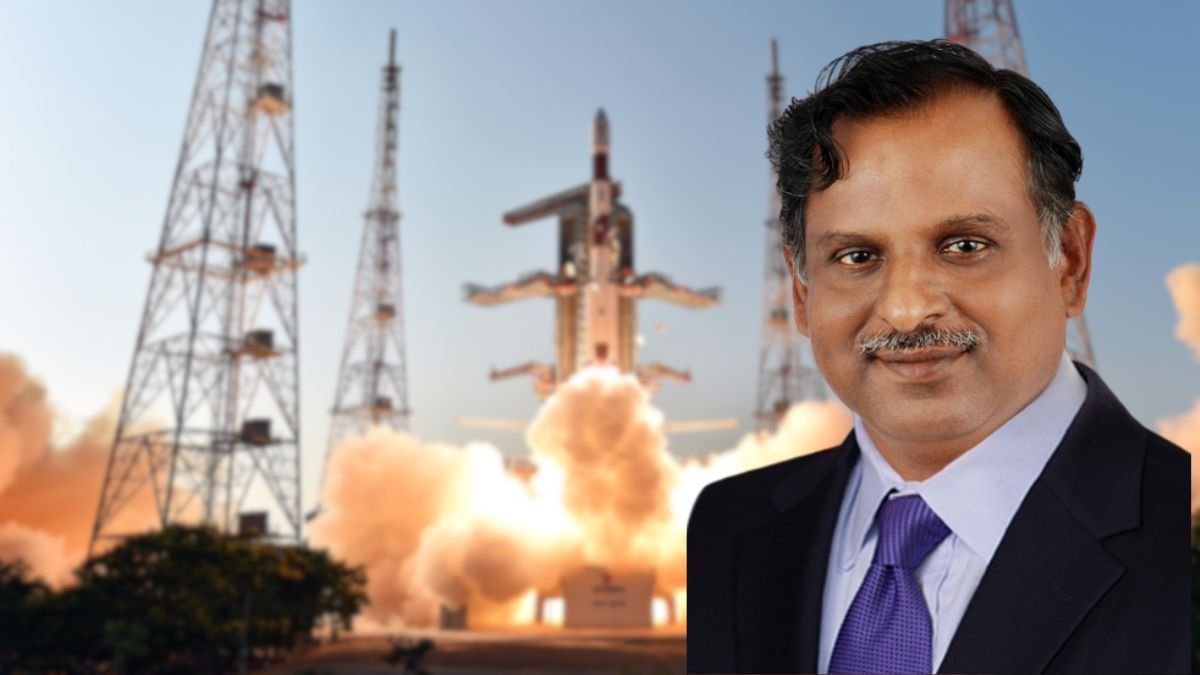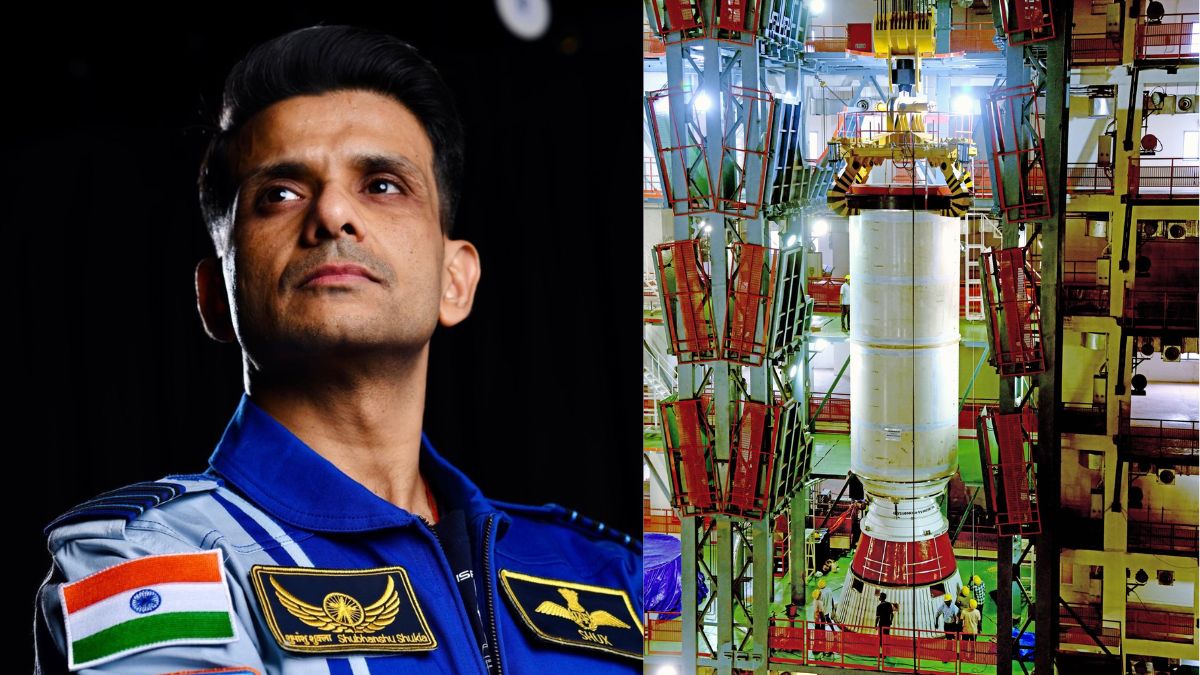Operation Sindoor: How India Used Space Technology Against Pakistan

Operation Sindoor showcased India’s leap into space enabled warfare, satellites guiding precision strikes across the border, marking a new era in national defence. ( image courtesy GPT-5)
On August 23, 2025, Union Minister Jitendra Singh underscored that Operation Sindoor gave India the unprecedented opportunity to use space technologies on Pakistan soil. The Union Minister for Space underlined how space technology has moved from exploration into the very core of India’s national defence.
Addressing National Space Day in New Delhi, he remarked: “A few months ago, you saw Operation Sindoor. What you saw was the full presentation of Indian space technology from Earth to space. Operation Sindoor gave us an opportunity to test these technologies on Pakistan soil. And, the world got to know what has happened in the last 11 years of the Modi government.”
The Union Minister further added that these capabilities are the result of a decade of focused development and transfer of technologies within the Department of Space and the Department of Atomic Energy.
Defence Applications of Space Assets
India’s military readiness today is supported directly by ISRO’s satellites. The NavIC navigation system ensures weapons and missiles can reach targets with pinpoint accuracy. Insat satellites provide meteorological updates and communications that assist in operational planning.
GSAT platforms secure strategic communications across large distances, and RISAT radar satellites deliver high-resolution surveillance and observation data, helping to monitor activities on the ground.
As Minister stressed, “Without satellite and drone tech, we cannot achieve that (operation).” Together, these assets provide a technological shield that enhances intelligence, surveillance, communication, and strike capabilities across all three services.
Operation Sindoor: A Case Study
This integration was most visible in Operation Sindoor, conducted in May 2025 after the Pahalgam terror attack. In a 23-minute strike, Indian forces neutralised nine terrorist camps inside Pakistan. During the course of the operation, multiple Airfields, related infrastructure and Radar sites were neutralised. Satellite-enabled surveillance, weather data, and precision navigation played a decisive role, allowing accurate targeting while avoiding collateral damage.
The operation combined indigenous missile systems, drones and real-time intelligence, highlighting the new face of India’s swift and calibrated military response.
Roadmap for Space and Security
Looking ahead, Jitender Singh linked present successes to future missions. India’s space roadmap includes the uncrewed Gaganyaan-1 later this year, a manned spaceflight in 2027, Chandrayaan-4 in 2028, a Venus mission and the establishment of the Bharat Antariksh Station by 2035. By 2040, India aims to place an astronaut on the Moon. More than 100 satellites are also planned over the next 15 years, blending government initiatives with private participation to secure technological and strategic autonomy.
Union Minister’s comments and the success of Operation Sindoor affirm a doctrinal shift: space is no longer a distant frontier but a decisive instrument of defence. With satellites guiding operations and enabling self-reliance, space technology is set to remain a cornerstone of India’s security strategy.

